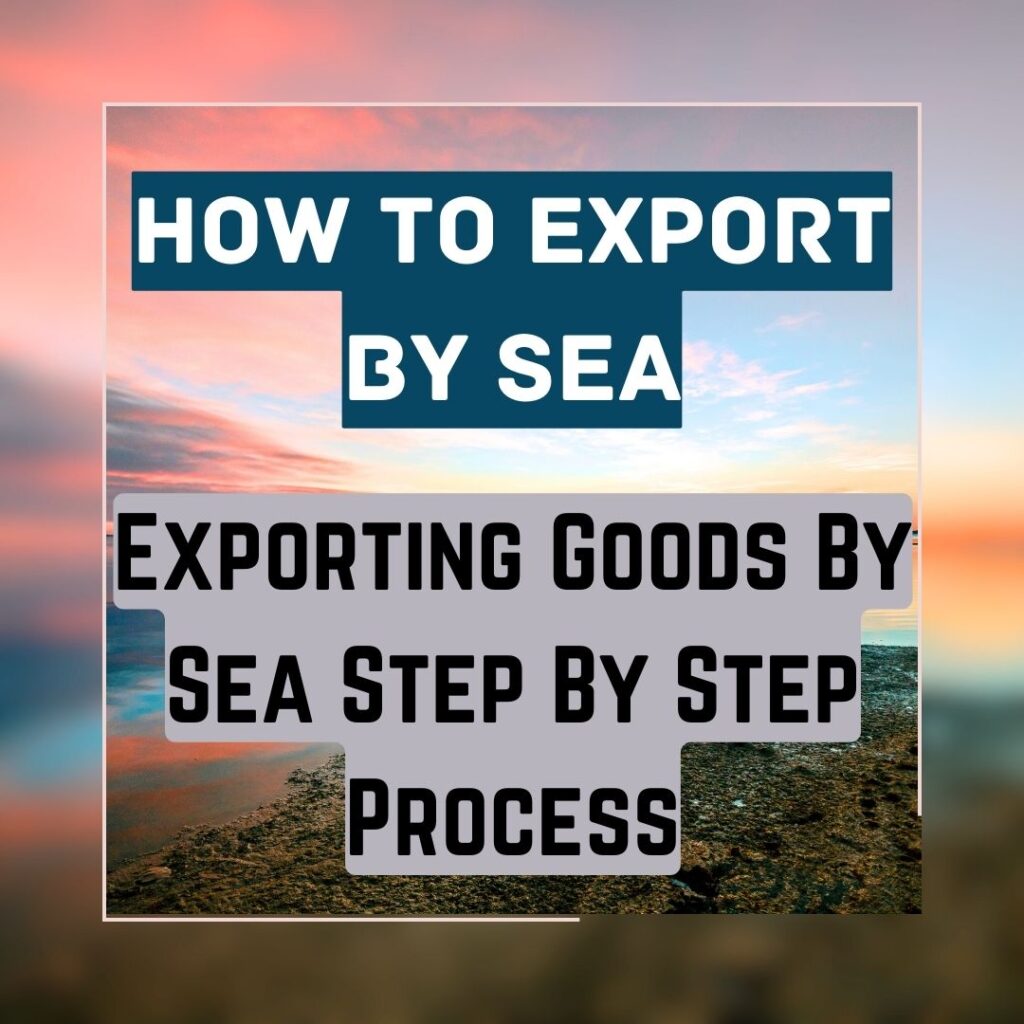Market Research:
Identify your target market and understand the regulations and requirements of the destination country.
Product Classification:
Determine the Harmonized System (HS) code for your products. This code is essential for customs clearance.
Legal Requirements:
Ensure compliance with export regulations and obtain any necessary licenses or permits.
Choose a Freight Forwarder:
Select a reliable freight forwarder with experience in sea freight. They can help you with documentation, booking cargo space, and arranging transportation.
Packaging:
Properly package your goods to ensure they are protected during transit. Follow any packaging guidelines provided by your freight forwarder or shipping line.
Documentation:
Prepare all necessary shipping documents, which may include:
Commercial Invoice
Packing List
Bill of Lading (B/L)
Certificate of Origin
Insurance Certificate
Letter of Credit (if applicable)
Incoterms:
Clearly define the terms of sale using Incoterms (International Commercial Terms) to specify the responsibilities of the buyer and seller regarding shipping costs and risk.
Booking with a Shipping Line:
Reserve cargo space with a shipping line through your freight forwarder. Ensure you have a confirmed booking.
Customs Clearance:
Work with customs brokers to ensure compliance with both export and import customs regulations. Provide all required documentation.
Loading and Transport to Port:
Deliver your goods to the port of departure for loading onto the vessel. Ensure proper handling and transportation.
Bill of Lading:
Receive the Bill of Lading from the shipping line. This document serves as a receipt for the goods and a title document.
Insurance:
Consider purchasing marine insurance to cover any potential loss or damage during transit.
Export Declaration:
File an export declaration with the customs authorities in your country.
Transit Time:
Be aware of the estimated transit time, taking into account potential delays due to weather, port congestion, or other factors.
Destination Customs Clearance:
Work with customs brokers at the destination to ensure smooth clearance through customs.
Delivery to Final Destination:
Arrange for the transportation of goods from the destination port to the final destination.
Payment:
Ensure that payment terms are met, whether through a letter of credit, prepayment, or another agreed-upon method.
Post-Shipment Documentation:
Keep records of all post-shipment documentation, including the Bill of Lading and customs clearance documents.
It’s essential to work closely with experienced professionals, such as freight forwarders and customs brokers, to navigate the complexities of international shipping. Additionally, staying informed about the specific requirements of the destination country and the type of goods being shipped is crucial for a successful sea export.



